Struggling with your portraits? You might find my E-book helpful. Click here
Choosing the Right Support for Oil Painting
An oil painting support is any surface suitable for applying oil paint. Artists use a variety of materials as supports, including different types of wood and canvas. Each support has its own characteristics, advantages, and drawbacks.
I have used all of them, about the linen, cotton canvas and canvas pad you will not feel any difference between them.
The main difference is when you apply paint, harder surfaces can make it feel like the paint doesn’t stick well. You may need to use less pressure when laying down the oil paint or switch to softer brushes—but that’s just my personal experience.
Linen Canvas
Linen is made from the fibers of the flax plant. After harvesting, the plant is soaked in water until the outer layers decay, leaving behind strong fibers that are then spun into yarn and woven into canvas. Because flax fibers are long and durable, linen canvas provides a sturdy and long-lasting surface for oil painting. Many masterpieces that have stood the test of time were painted on linen, making it a preferred choice among professional artists.
However, linen canvas is expensive and may not be the best option for beginners. It is available in various forms, including rolled or pre-stretched, and can be purchased either primed (for oil or acrylic painting) or unprimed.
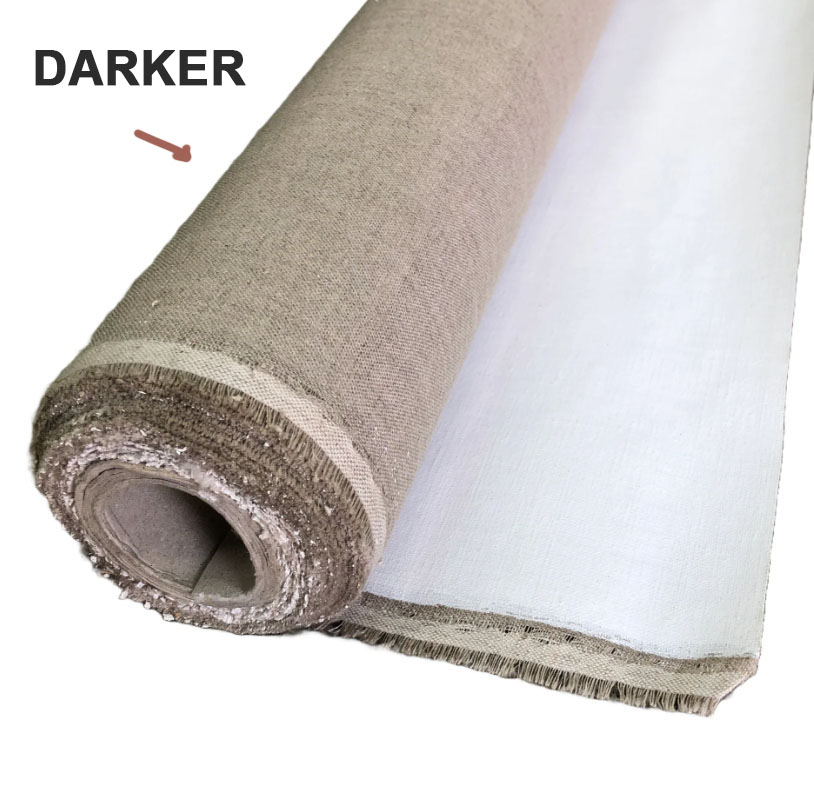
Cotton Canvas
Cotton canvas is the most popular support for beginner oil painters. It is strong, more affordable than linen, and has a consistent weave.
There is an ongoing debate in the art world about whether linen or cotton is the better painting support. Some artists believe linen lasts longer, while others, including myself, prefer working with cotton. If properly primed and sized, both surfaces can protect the painting from deterioration and ensure its longevity.
When choosing between linen and cotton, focus on which surface feels best to work on rather than worrying about how long it will last. If durability is a concern, consider using a heavy-grade cotton canvas and stretching it yourself. Cotton canvas is available in rolls or pre-stretched, primed, or unprimed.
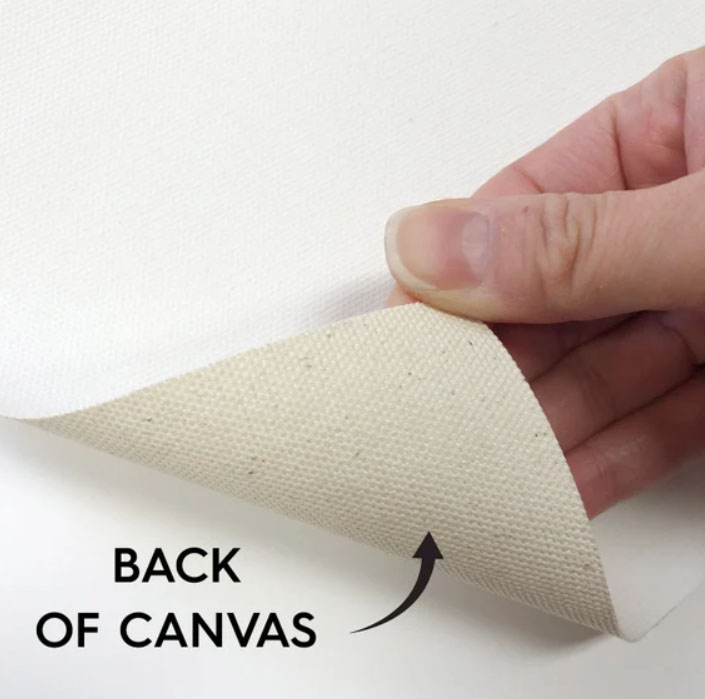
Canvas Pads
For artists on a budget who still want a decent painting surface, canvas pads are a great option. Available in different sizes, they are ideal for beginners practicing oil painting or doing quick studies. When purchasing a canvas pad, choose a heavy-weight variety that can properly hold oil paint.

Masonite or Hardboard
Masonite is a brand name for a synthetic hardboard made from compressed wood particles. Hardboard is rigid, inexpensive, and popular among oil painters. However, large hardboards may warp over time, so reinforcing them with a frame is recommended.
Artists can use plain hardboards or opt for canvas boards—hardboards covered with a pre-primed canvas surface, ready for painting.
For me is good for small paintings, for bigger ones the material is too heavy, I painted once a 40 x 40 inches painting after framed it was so heavy to hang it, you you can try both sides, one side looks like canvas.
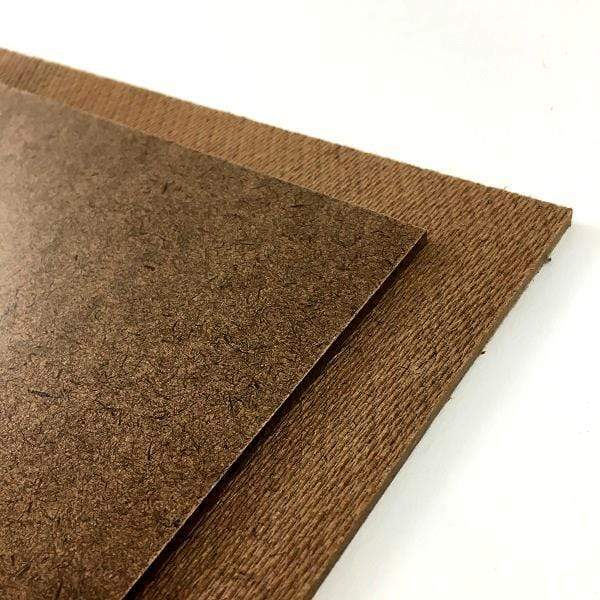
Wood Panels
The earliest known oil paintings were created on wood panels, typically made of oak or poplar. These panels were coated with a preparatory ground of animal glue and chalk, then polished to create a smooth painting surface.
While solid hardwood panels are less common today due to their high cost and weight, plywood has become a popular alternative. High-quality plywood made from birch, poplar, or mahogany can be used for oil painting if properly prepared. However, avoid softwoods like pine, as they contain resins and do not resist moisture well.
“I don’t remember the type of wood I used, but I tried it twice. It’s not as heavy as the Masonite boards I’ve used. It’s ready to hang as soon as you finish your painting, and since you can paint all the sides, it feels like it doesn’t even need a frame.”
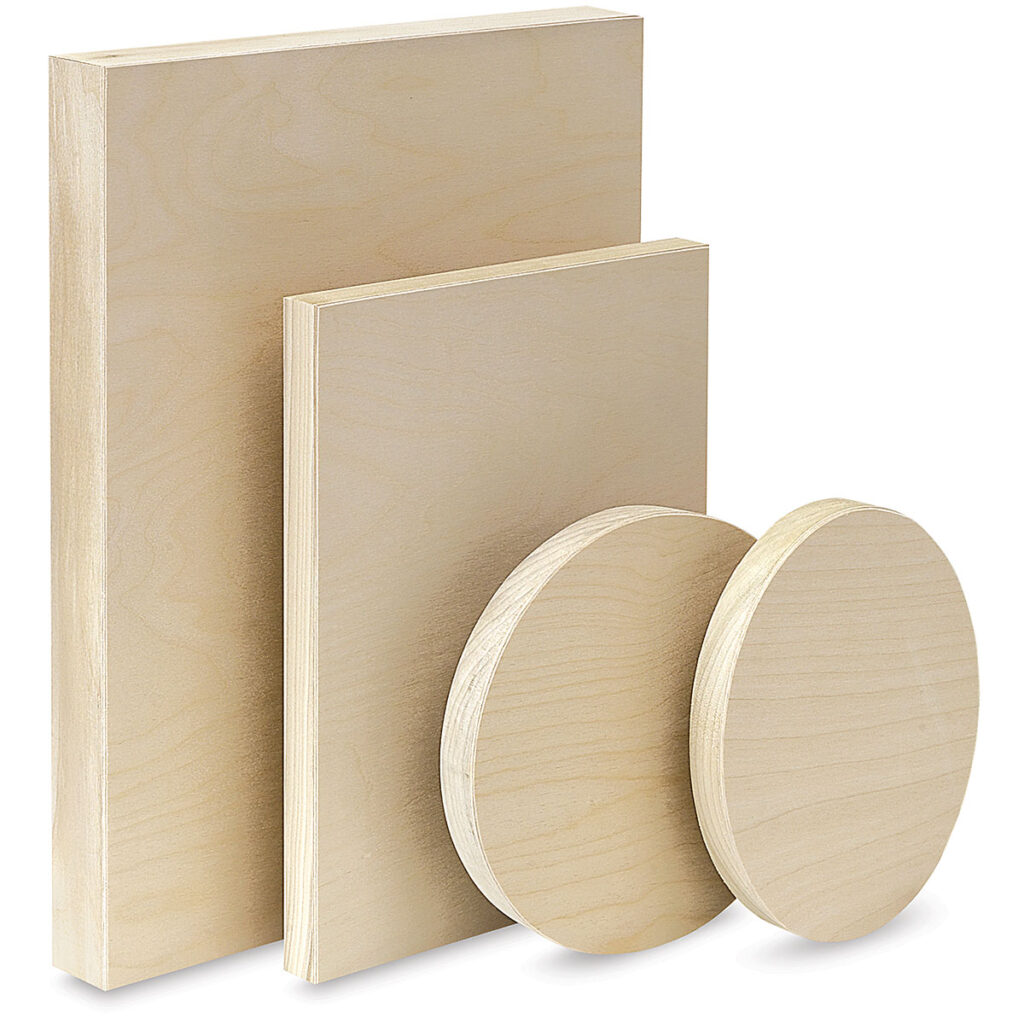
Final Thoughts
Your choice of painting support depends on your artistic style and personal preference. Experiment with different surfaces to see what works best for you. In my experience, canvas remains the most versatile and reliable support for oil painting.
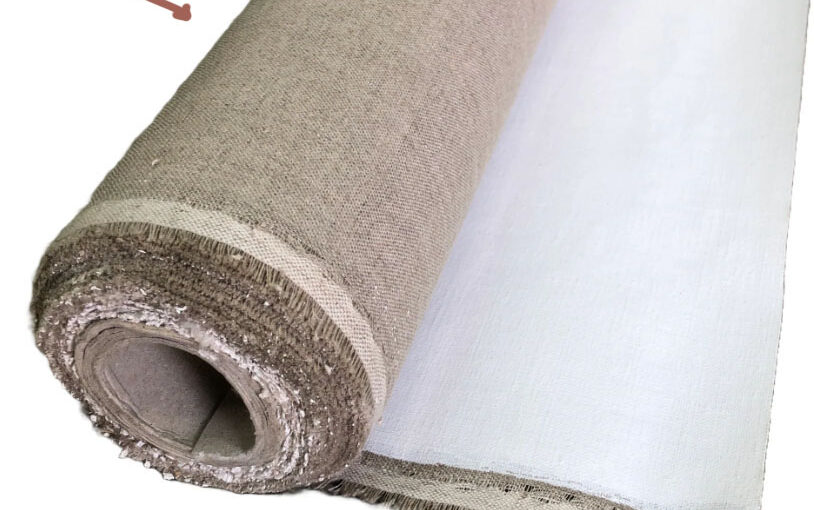
Renso . . .
I used to use cardboard. I would dig through dumpsters to find fairly good quality cardboard, cut it to several popular size, give it a coat of matte medium to seal it, and paint away. The nice thing about it was that it was FREE, about the right value, and easily covered and used again if you wanted. I was pleasantly surprised at the freedom it gave me. As noted, it was free so cost/waste was not a problem. it was a good way to try out ideas.